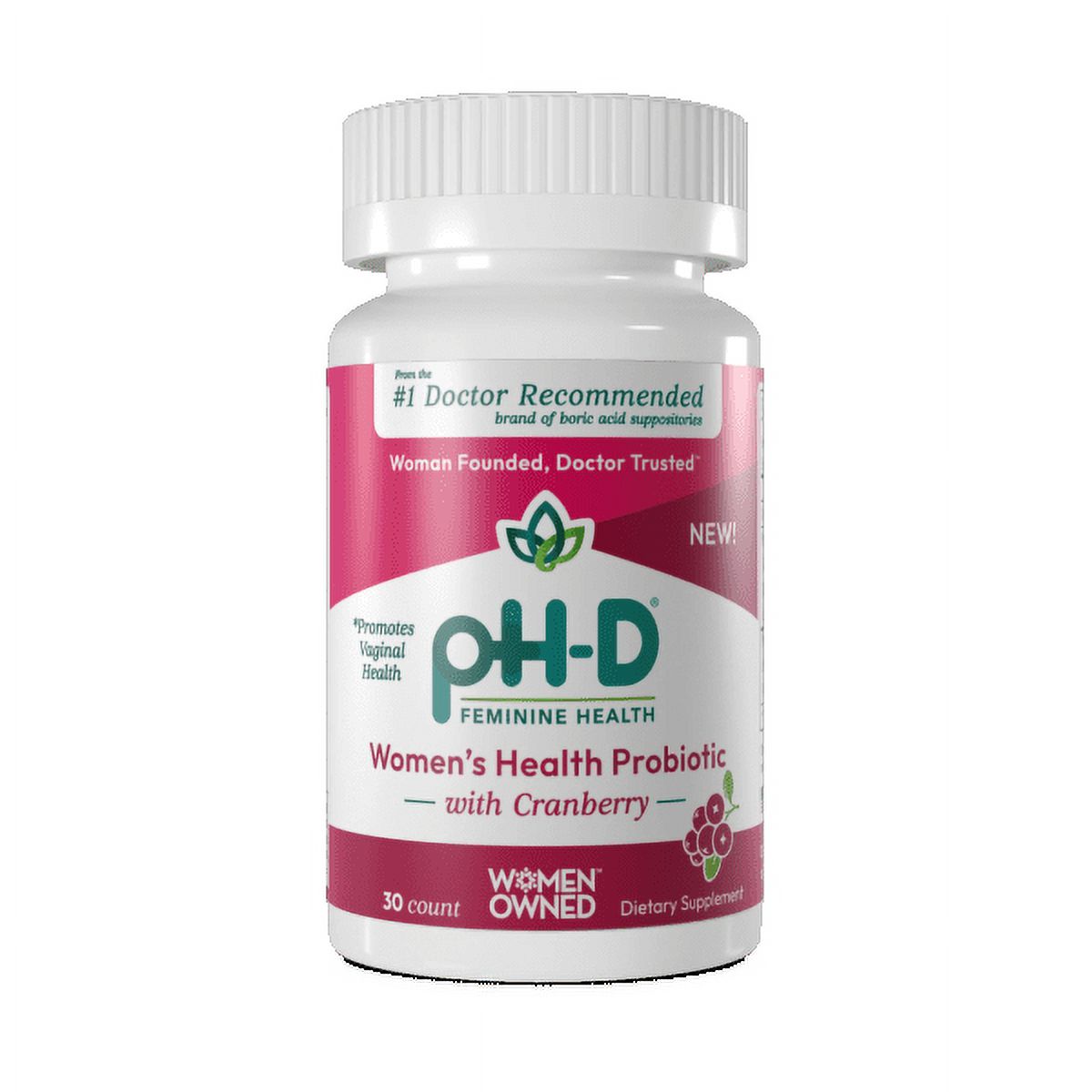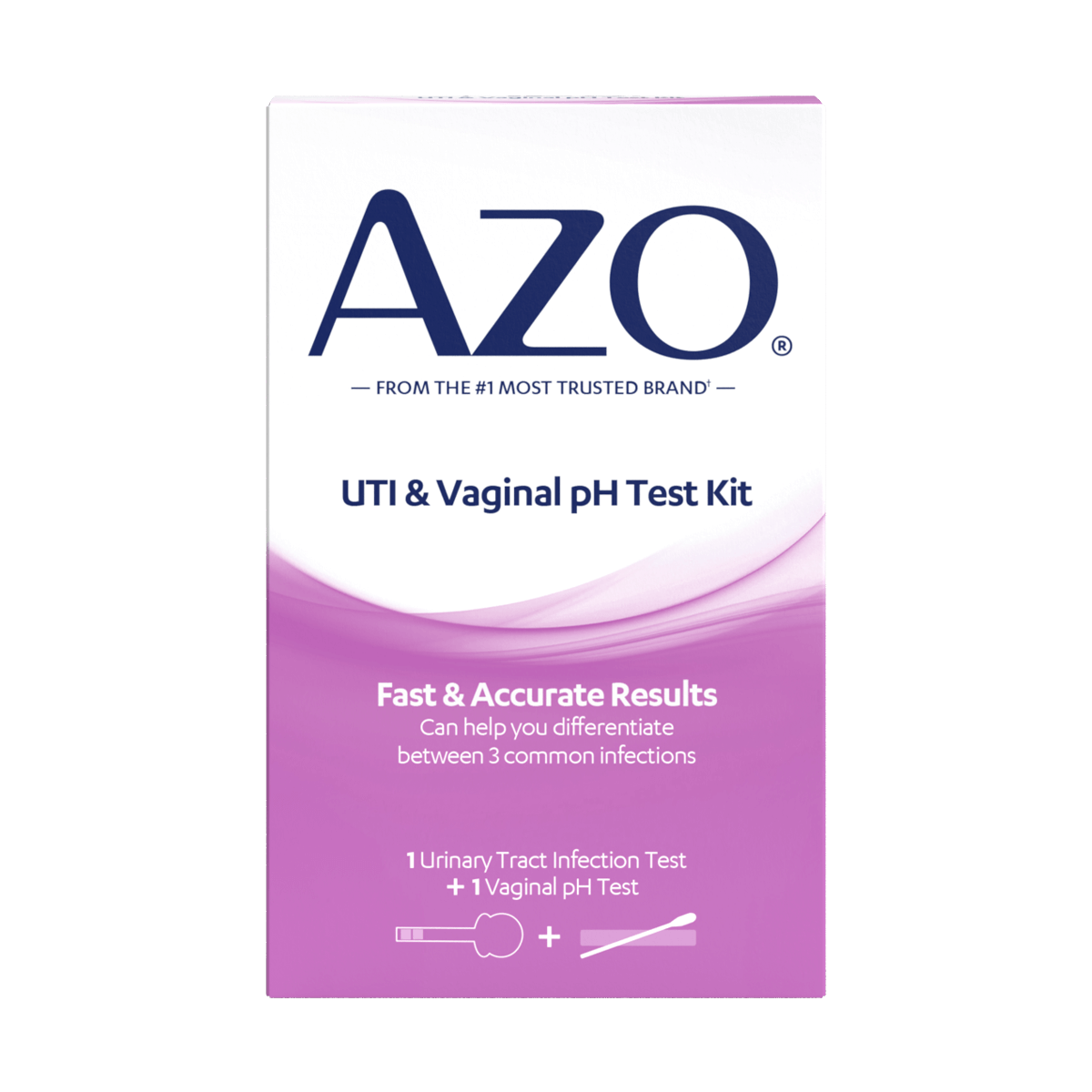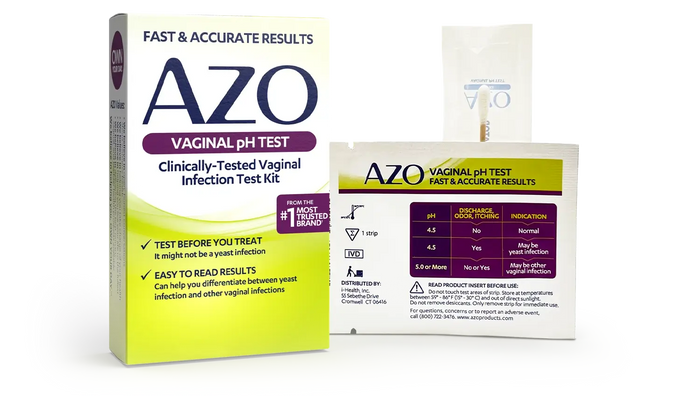Does Azo Help With Ph Balance

Urinary tract infections (UTIs) are a widespread issue, and many women seek immediate relief. A common question arises: Does Azo, a popular over-the-counter medication, actually restore vaginal pH balance?
This article addresses whether Azo directly impacts vaginal pH, clarifying its function as a pain reliever rather than a pH regulator. Understanding the difference is crucial for effective UTI management and overall vaginal health.
What is Azo?
Azo is primarily a urinary pain reliever. Its main active ingredient, Phenazopyridine Hydrochloride, provides temporary relief from UTI symptoms. These symptoms include pain, burning, and urgency during urination.
It's available over the counter in various forms, including tablets and capsules. It is designed to alleviate discomfort associated with UTIs while a doctor-prescribed antibiotic treats the underlying infection.
Azo's Mechanism of Action
Phenazopyridine works by exerting a topical analgesic effect on the urinary tract lining. It doesn't kill bacteria, nor does it directly address the cause of the infection. Instead, it reduces the pain signals sent to the brain.
The medication is rapidly excreted by the kidneys, which is why it changes the color of urine to orange or reddish-orange. This discoloration is normal and expected.
Does Azo Impact Vaginal pH?
The simple answer is no. Azo does not directly affect vaginal pH balance. Vaginal pH, which ideally ranges from 3.8 to 4.5, is maintained by beneficial bacteria, primarily Lactobacilli.
Factors like douching, antibiotics, and menstruation can disrupt this delicate balance. Azo's mechanism of action is focused solely on the urinary tract, bypassing any direct interaction with the vaginal ecosystem.
The vagina and the urinary tract are distinct systems, even though they are located in close proximity.
Understanding Vaginal pH Imbalance
Symptoms of a vaginal pH imbalance include unusual discharge, odor, itching, and discomfort. Conditions like bacterial vaginosis (BV) and yeast infections can result from pH disruptions.
These conditions require specific treatments, often involving prescription or over-the-counter antifungal or antibacterial medications. Azo is not designed to treat these types of infections.
Treatments for Vaginal pH Imbalance
Treatments for vaginal pH imbalance focus on restoring the healthy balance of vaginal flora. This may involve using prescription antibiotics for BV or antifungal creams for yeast infections.
Probiotic suppositories and boric acid suppositories are sometimes used to restore and maintain a healthy pH level. These are distinct from Azo, which targets urinary pain relief.
UTIs and Azo: What You Need to Know
While Azo can alleviate the painful symptoms of a UTI, it is not a substitute for antibiotics. A UTI is a bacterial infection that requires treatment with prescription antibiotics to eradicate the bacteria.
Relying solely on Azo to manage a UTI can lead to the infection worsening. This can potentially cause kidney infections or other serious complications.
Always consult a healthcare professional if you suspect you have a UTI.
Expert Opinions
According to Dr. Jane Doe, a leading urologist, "Azo provides symptomatic relief for UTIs but does not address the underlying cause or impact vaginal pH. Patients should understand its limitations and seek appropriate medical treatment for infections."
The National Institutes of Health (NIH) also emphasize that while urinary analgesics like phenazopyridine can relieve pain, they do not treat the infection. Antibiotics prescribed by a doctor are crucial for clearing the infection.
Important Considerations
Azo can mask symptoms of a UTI. This masking effect can delay proper diagnosis and treatment. Always inform your doctor if you have been using Azo before seeking medical care for a UTI.
Some individuals may experience side effects from Azo, such as headache, dizziness, or stomach upset. In rare cases, more serious side effects can occur. Discontinue use and consult a healthcare provider if you experience concerning symptoms.
The Bottom Line
Azo (Phenazopyridine) is an effective urinary pain reliever but does not treat the underlying cause of a UTI or impact vaginal pH. For UTIs, consult a doctor for antibiotics.
For vaginal pH imbalances, explore appropriate treatments based on the specific condition. Do not rely on Azo for vaginal health issues.
Next Steps
Individuals experiencing UTI symptoms should consult a healthcare provider for diagnosis and antibiotic treatment. If you are concerned about vaginal pH imbalance, seek guidance from a gynecologist or other qualified healthcare professional. Early intervention is key for effective management of both conditions.


















